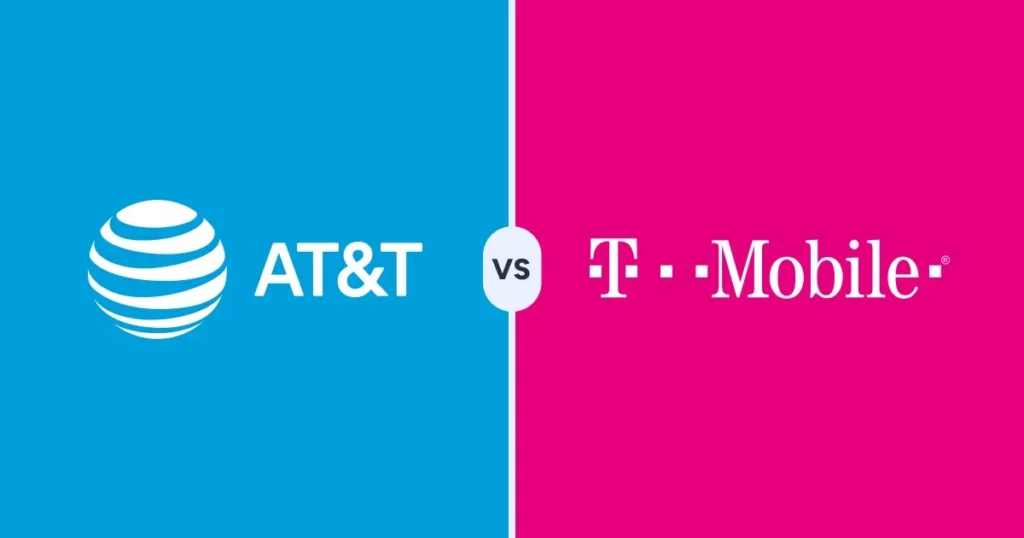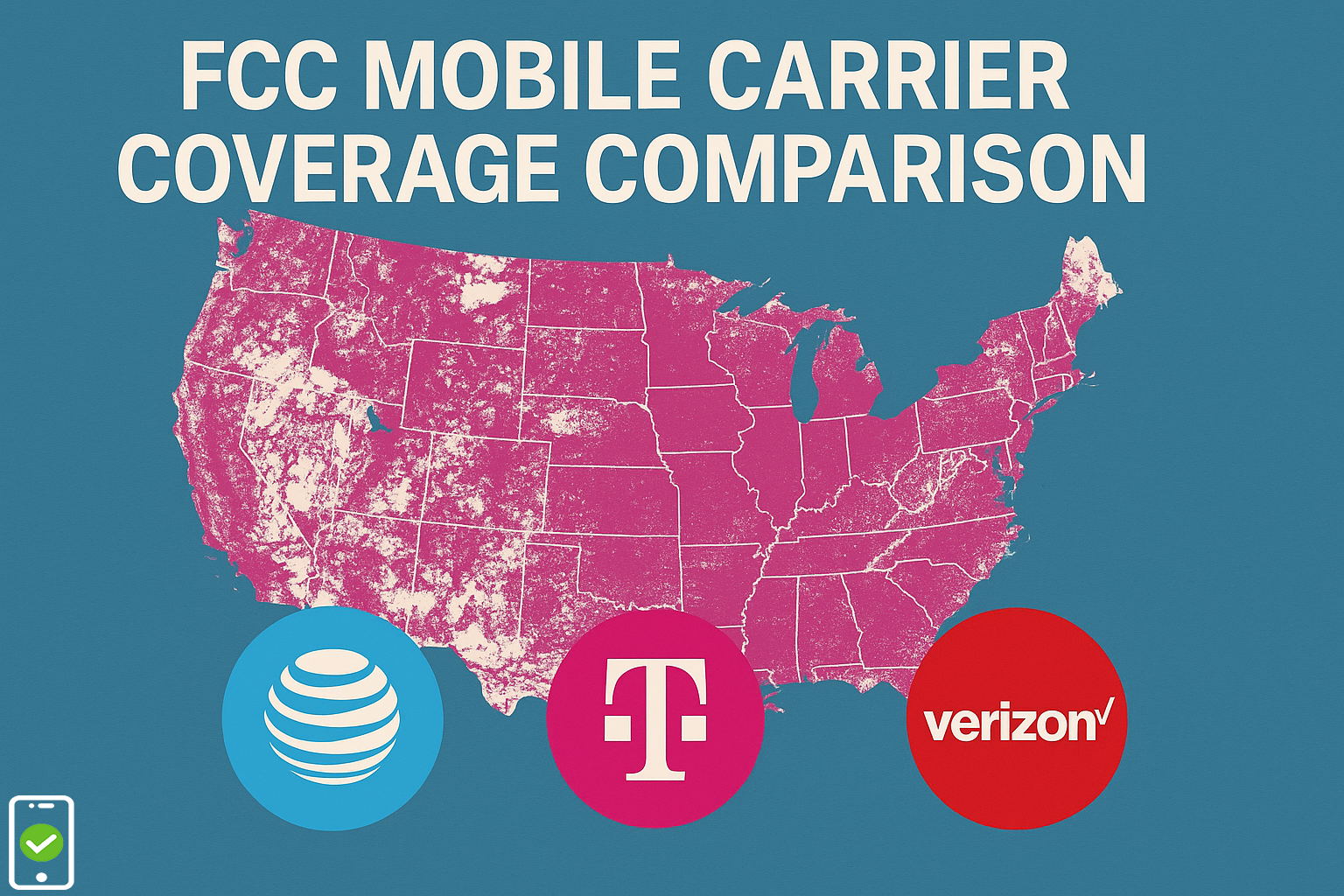In the realm of telecommunication, two kinds of phone numbers often come up: Toll-Free Numbers (TFN) and Local Direct Inward Dialing (DID). Though they might seem similar on the surface, these two kinds of numbers have distinct features and uses. In this blog post, we will dissect the differences between TFNs and Local DIDs.
What is a Toll-Free Number (TFN)?
A Toll-Free Number (TFN) is a phone number that allows callers to reach businesses without being charged for the call. The cost of the call is borne by the TFN’s owner (usually the business). This is possible due to a system called the “toll-free service” where the telecommunication carrier charges the toll-free subscriber for the calling service.
TFNs typically start with specific three-digit codes like 800, 888, 877, 866, 855, 844, and 833. They are widely used in customer service and telemarketing because they provide a cost-free way for customers to contact businesses.
What is a Local Direct Inward Dialing (DID)?
A Local Direct Inward Dialing (DID) is a local phone number that is used for specific cities or regions within a country. Unlike TFNs, the cost of calling a Local DID is borne by the caller, not the business.
DIDs are often used by businesses wanting to establish a local presence in a specific region or city, even if they are physically located elsewhere. This is because DIDs give the illusion of being local, which can improve trust and familiarity with customers in those areas.
Differences Between TFN and Local DID
One major difference between a TFN and a Local DID is who pays for the call. With a TFN, the business pays, while with a Local DID, the caller pays.
Another difference is the perceived locality. A TFN can be dialed from anywhere in the country and is not associated with a specific geographic area. On the other hand, a Local DID is associated with a specific city or region, giving the business a local presence.
In conclusion, while TFNs and Local DIDs serve the same basic function – providing a phone number for customers to call – they have distinct differences that make them suitable for different business needs.



